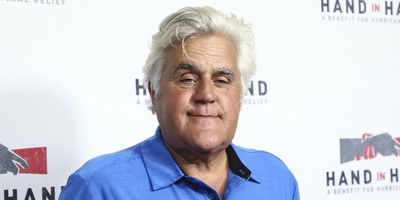The Wall Street Journal this week reported on a new analysis of the pool of newly-insured customers under Obamacare. The takeaway: new customers are on the whole sicker than the previously-insured.
People enrolled in new plans under the health law are showing higher rates of serious health conditions than other insurance customers, according to an early analysis of medical claims, putting pressure on insurers around the country as they prepare to propose rates for next year.
Among those health-law marketplace enrollees who have seen a doctor or other health-care provider in the first quarter of this year, around 27% have significant health issues such as diabetes, psychiatric conditions, asthma, heart problems or cancer, the data show. That is sharply higher than the rate of 16% for last year's individual-consumer market over the same time frame, according to the data, which was supplied by Inovalon Inc., a health-technology firm that receives medical claims directly from nearly 200 insurers that are its clients.
It is also more than double the rate among people who held on to their existing individual policies; among those enrollees, the rate was 12%. Those consumers, who kept so-called grandfathered individual plans, are showing by far the lowest rates of use for health-care services such as emergency-room visits, hospital stays and prescriptions.
Recommended
To a certain extent, this makes sense, as one of the main priorities of Obamacare was to insure the very sick, uninsurable population. However, the mix is key: Obamacare was also supposed to draw in enough "young invincibles" - the young people who didn't have insurance because they weren't accruing many health costs - to balance it out.
Lanhee Chen, a research fellow at the Hoover Institution, writes of the news:
This outcome should not surprise anyone. The law’s one-size-fits-all regulatory regime, which requires insurers to offer coverage to all comers and prohibits pricing of coverage based on an applicant’s health status, was bound to increase the number of relatively sicker people purchasing insurance through the exchanges. Moreover, Obama’s executive action, which effectively allowed many people who had individual market plans to remain in them through at least 2016, bifurcated the insurance markets such that healthier people remained in the plans they already had, while relatively sicker patients were left to acquire coverage through the Affordable Care Act’s exchanges.
The data portend a vigorous debate over the “risk corridors” program, which is one of three mechanisms in the law designed to give insurers incentives to continue to participate in its exchanges even if they are at risk of significant financial losses. Some Republicans, particularly Senator Marco Rubio of Florida, Senator Jeff Sessions of Alabama and Representative Fred Upton of Michigan, have decried this program as an insurer bailout.
Obamacare's risk corridors are there in order to try to counteract the death spiral: it's a way for the federal government to compensate private insurers for higher-than-expected health costs and hopefully keep premiums down.
The flipside of that is that if it turns out that the pool of newly-insured are indeed significantly sicker and the risk corridors must be leaned upon, Obamacare becomes much, much more expensive to taxpayers.

























Join the conversation as a VIP Member